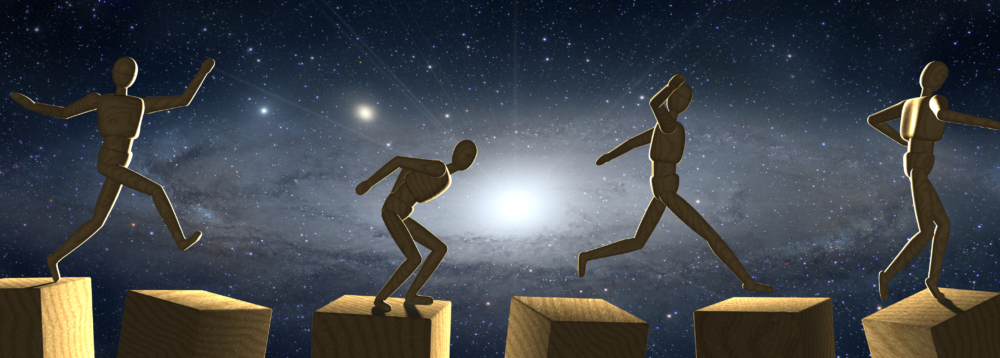I’m very excited to announce a brand-new project that I’ve been working on for the better part of last year. It’s a website called True Generalist (truegeneralist.com), and it’s all about giving generalists the resources they need to excel at everything they do. Continue reading
New project announcement: True Generalist
















